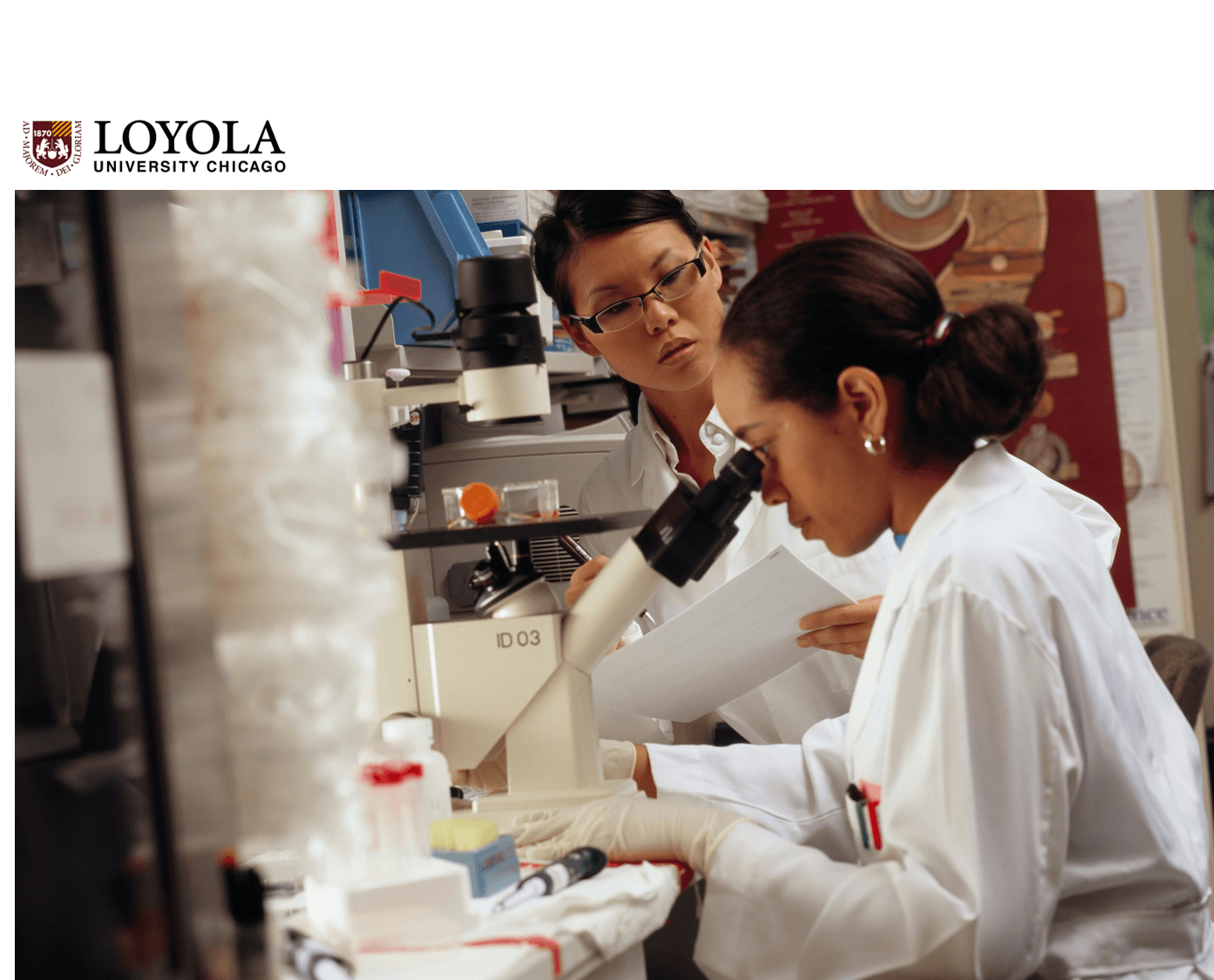Dr. Eun-Kyoung Breuer is an Assistant Professor and an Associate Director of the Radiobiology Program in the Department of Radiation Oncology at Loyola University Chicago. Her lab's research focuses on understanding the role that tumor suppressor genes play in the DNA damage response pathway and in breast cancer regulation.
A centralized information management approach
Doing research focuses on the pathology of human disease and requires researchers to work with a large number of patient samples, while still managing all the detailed information associated with each patient cell line. This process can be difficult for researchers to keep track of. Dr. Breuer and her research team encountered the same problem when working on their research project on human breast cancer using excel sheets to keep track of the large volume of inventory data on antibodies and cell lines. Dr. Breuer noted, "I have to score back and forth to find any information in excel. If the note section is longer than one line, I have to click on it to view the full text". Compared to excel, the freezer tool on Genemod's platform provides a more centralized lab information management solution, which allows Dr. Breuer and her research team to easily view all of the detailed information for each sample and reagent in one page without the need to score around in excel sheets or open up multiple files.
"Being able to view the source information for each cell line easily is really important. For breast cancer cells, indicating hormone status would make the process of choosing and finding cell lines a lot easier for the researchers." --Eun-Kyoung Breuer, PhD
Workflow highlights
- Having a centralized and shared information system makes it easy for all team members to access and view their inventory data at the same time, without needing to open up multiple excel sheets.
- Researchers need a tool that allows them to have easy access to all information that is needed to conduct research. With Genemod's inventory management solution, they can save time by visualizing the location of their samples as well as names, ID, concentration, source and more.















